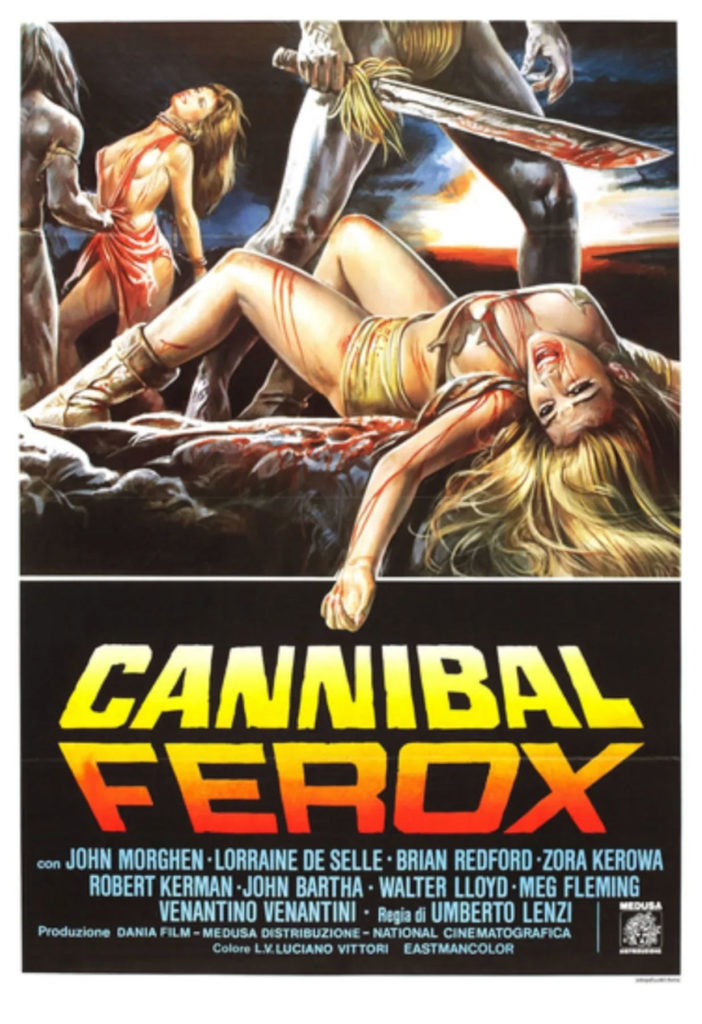Ferrari (Piero Vida) is producing, and Peter (David Brandon) is directing the most low-rent and desperate dance theater production ever to hit off-off-off-off-off-Broadway. It’s the story of an owl-headed serial killer who preys in the slums, raping hookers and Cinderalla alike, while Marilyn Monroe serenades the scene with a saxophone from above.
Such is the setting for George Eastman and Sheila Goldberg’s (writers) and Michele Soavi’s (directing his first feature) film StageFright. The film is a classic slasher, featuring a limited cast in an isolated environment, who are chopped to bits at regular intervals, before the whole thing is wrapped up in a bow at the end. There’s not much to set this film apart from the many, many slashers that populate the horror genre. The good news for viewers is that StageFright is a good film, with a swift pace, plentiful gore, believable characters, and a setting that works. Little foibles of Italian cinema show up here and there, mostly involving the motivations of the bad guy and the unlikely coincidence that introduces said bad guy to the plot, but, whatever. This is a fun flick. Continue reading “StageFright (1987), aka Deliria”

 …And then there’s Cannibal Ferox. Released a year after Cannibal Holocaust, in 1981, Cannibal Ferox tries to succeed as a film by taking the most exploitative moments of Holocaust, and wrapping footage around them. Writer/director Umberto Lenzi did not seem to realize that what made Cannibal Holocaust a successful movie was not the animal slaughter or the graphic violence. Those are, arguably, essential parts of the package, but Holocaust is indeed a package deal. It succeeds because most aspects of the film are well done, including story, acting, cinematography, music, etc. Without all those things working together, viewers get, well, Cannibal Ferox.
…And then there’s Cannibal Ferox. Released a year after Cannibal Holocaust, in 1981, Cannibal Ferox tries to succeed as a film by taking the most exploitative moments of Holocaust, and wrapping footage around them. Writer/director Umberto Lenzi did not seem to realize that what made Cannibal Holocaust a successful movie was not the animal slaughter or the graphic violence. Those are, arguably, essential parts of the package, but Holocaust is indeed a package deal. It succeeds because most aspects of the film are well done, including story, acting, cinematography, music, etc. Without all those things working together, viewers get, well, Cannibal Ferox.